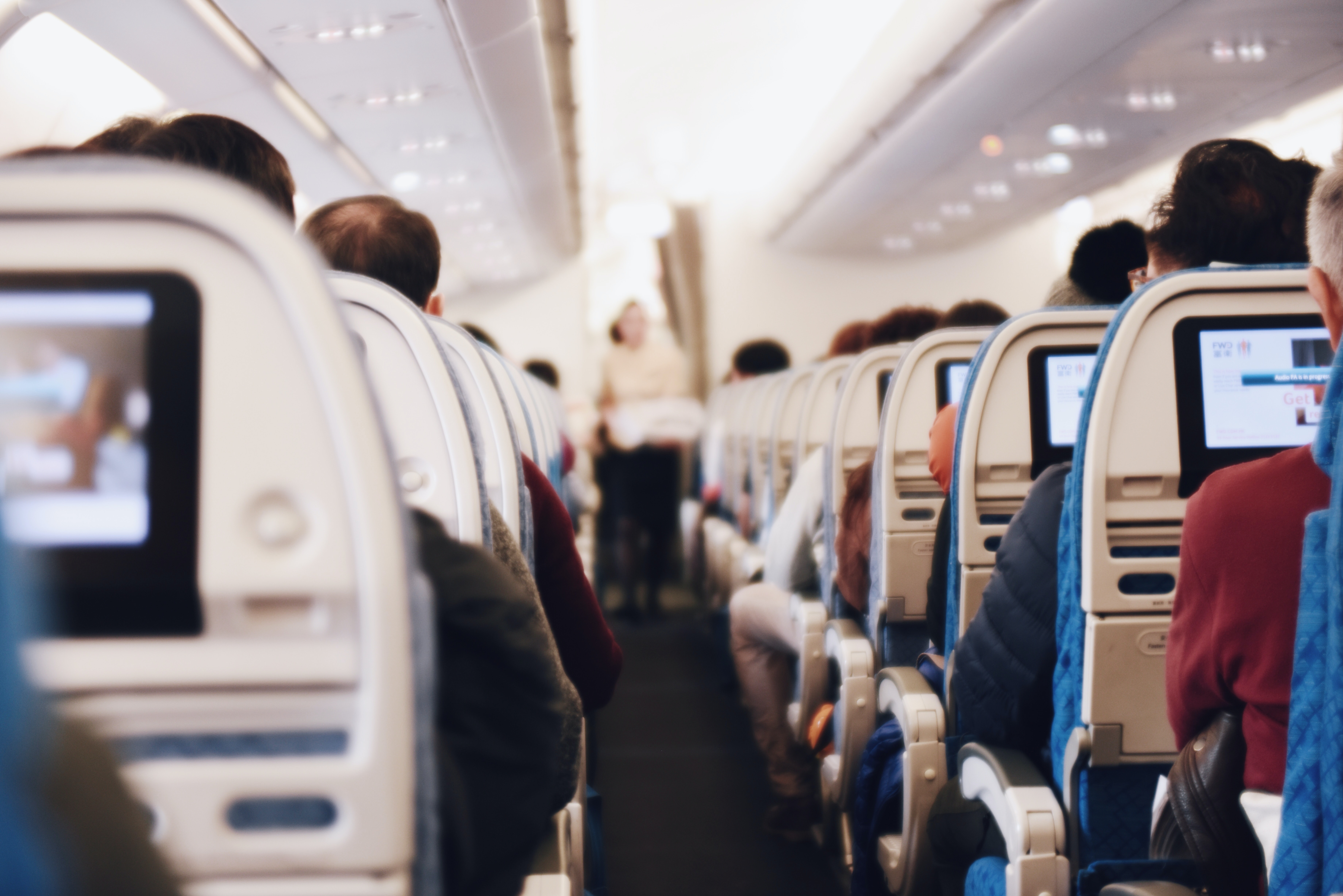 (412) 364-9114
(412) 364-9114

Do you ever wonder what happens after you flush the toilet at 35,000 feet? This week we discuss airplane plumbing and answer the question: how does it work?
If you have ever been in an airplane lavatory, you might have noticed that airplane toilets don’t have water in them. This is because during take-off, turbulence and landing the water inside the bowl would slosh around causing a huge mess. Since there is no water, there is no way for a “funnel” to occur and carry waste away like in your standard toilet. This is why an active vacuum system is used on airplanes–this system sucks the contents out of the toilet bowl and deposits it into a tank.
More specifically, when you flush it opens a valve in the sewer line, then the vacuum line sucks the contents out of the toilet bowl. Waste is then carried through the pipe system and deposited into a tank at the back of the aircraft far away from passengers. Since the vacuum is what does all the work, the entire plumbing system uses very little liquid. Most of these systems flush using just a half a gallon of water/disinfectant or less. Compared to the 1.6 gallons that a water saving toilet in your home uses–I’d say that’s efficient.
It turns out that vacuum toilets are quite fascinating, listed below are a couple interesting features:
The final posing question is after you flush, where does it go? The answer to that is simple, when you flush a trapdoor in the base of the toilet opens and a small amount of liquid fills the bowl. Then you hear a loud roaring noise, which is the vacuum sucking the contents out of the toilet bowl. The waste then moves through the plumbing system and into a waste tank. Waste tanks on average hold about 300 gallons before needing to be emptied and can only be emptied from outside the plane. The tank is emptied by special service trucks once the plane is safely on the ground.
Curious about how your plumbing works or if it’s working right? Give Super Terry a call today at 412-361-9114